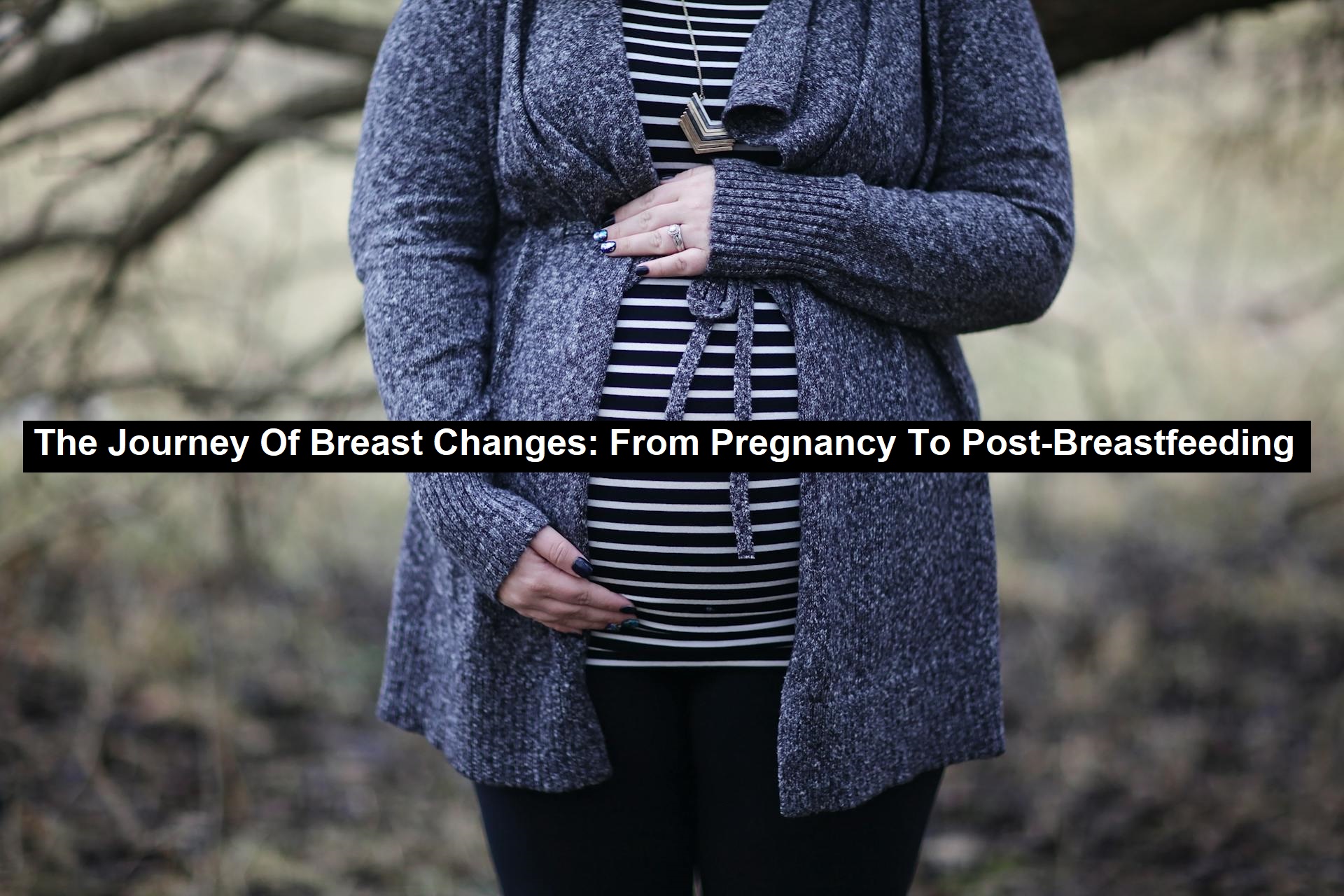The Journey Of Breast Changes: From Pregnancy To Post-Breastfeeding
Pregnancy and motherhood bring many changes to a woman’s body, with the breasts being one of the most noticeable areas. From early pregnancy through weaning after breastfeeding, the size, shape and volume of breasts shift significantly as they prepare for and support feeding a baby. These changes are influenced by hormones, milk production and the body’s natural adaptation to motherhood.
In the early stages of pregnancy, many women experience breast swelling and tenderness as the body starts to prepare for milk production. Hormones like estrogen and progesterone trigger the growth of milk ducts and fat storage. While some women may only notice a slight increase in breast size, others see more noticeable changes. During this time, breasts often feel heavier and more sensitive.
As pregnancy progresses into the second and third trimesters, breast growth becomes even more pronounced. The mammary glands – which produce milk – continue to develop, and fat stores increase further. Many women find that their breasts grow by one or two cup sizes, and the skin may become more stretched and firmer. Veins often become more visible as blood flow increases, and rapid growth may lead to stretch marks as the skin expands to accommodate these changes.
Read: Understanding Healthy Inflammatory Response: Key Influences and Supportive Strategies
After childbirth, breasts undergo their most significant changes as milk production begins. The breasts become engorged with milk, making them feel larger and firmer, which can cause feelings of discomfort or fullness. Throughout breastfeeding, breast size fluctuates depending on milk production and feeding frequency. Many women notice that their breasts feel fuller before feeding and softer afterward, sometimes creating a temporary imbalance if one breast is used more than the other.
Once breastfeeding ends, the breasts gradually return to a new normal. As the milk glands shrink, the breasts reduce in size, though they may not return to their exact pre-pregnancy state. Many women notice that their breasts appear smaller, less firm or have a more natural droop. This is a normal part of the body’s post-breastfeeding changes, though each woman’s experience may vary. It’s common for breasts to look and feel different after this journey. In these cases, some women may look to a natural breast enlargement pump to improve their post-breastfeeding changes.
Understanding these changes helps women appreciate how their bodies adapt to the demands of motherhood. While these transformations might be unexpected, they’re part of the incredible journey of bringing new life into the world.
Pregnancy-To-Post-Breastfeeding
For more information on how pregnancy and breastfeeding impact breast volume, check out the accompanying resource.

